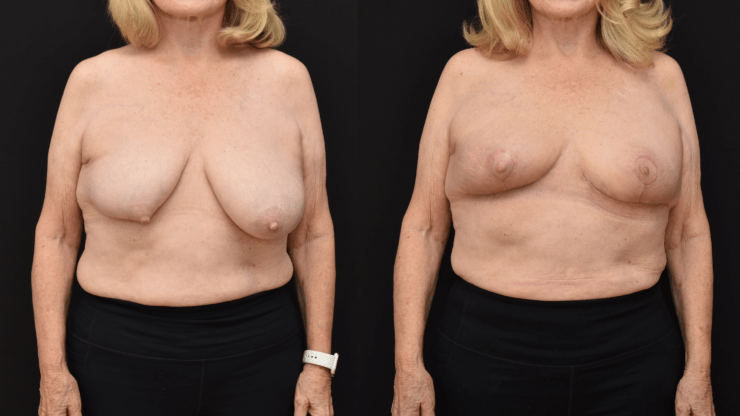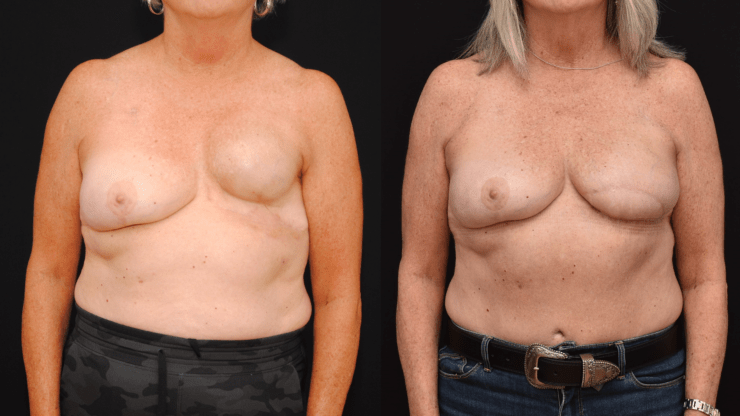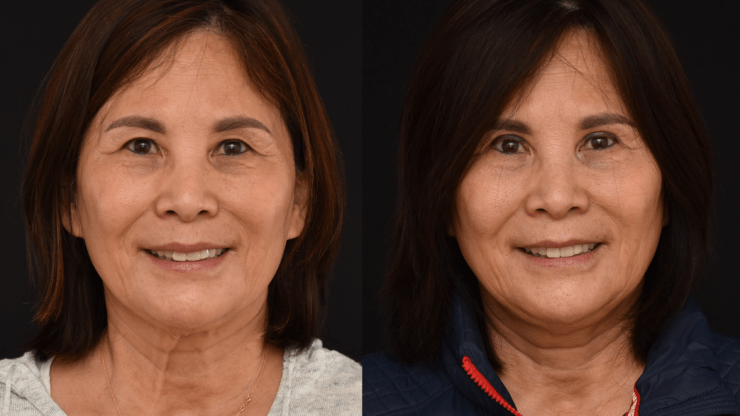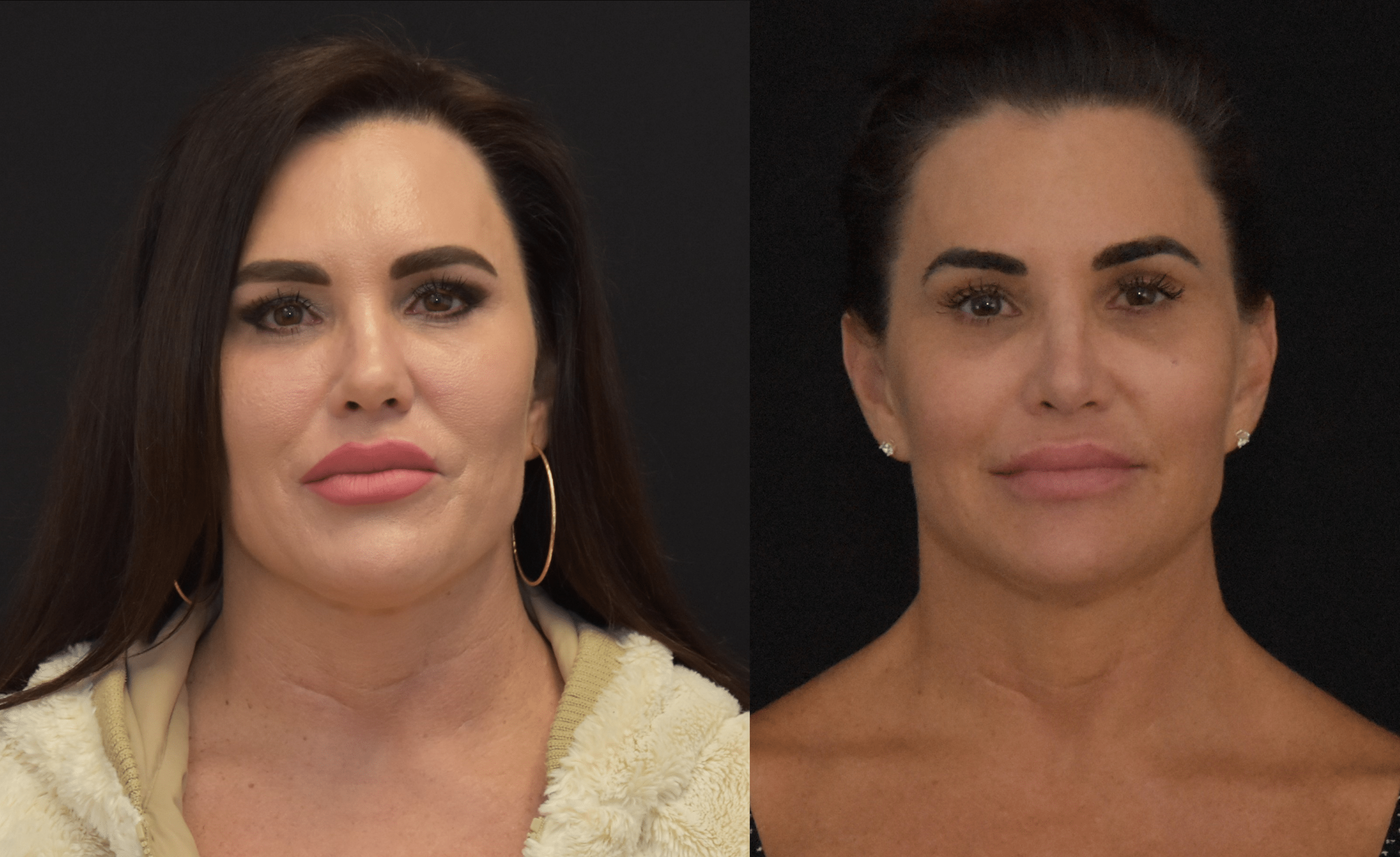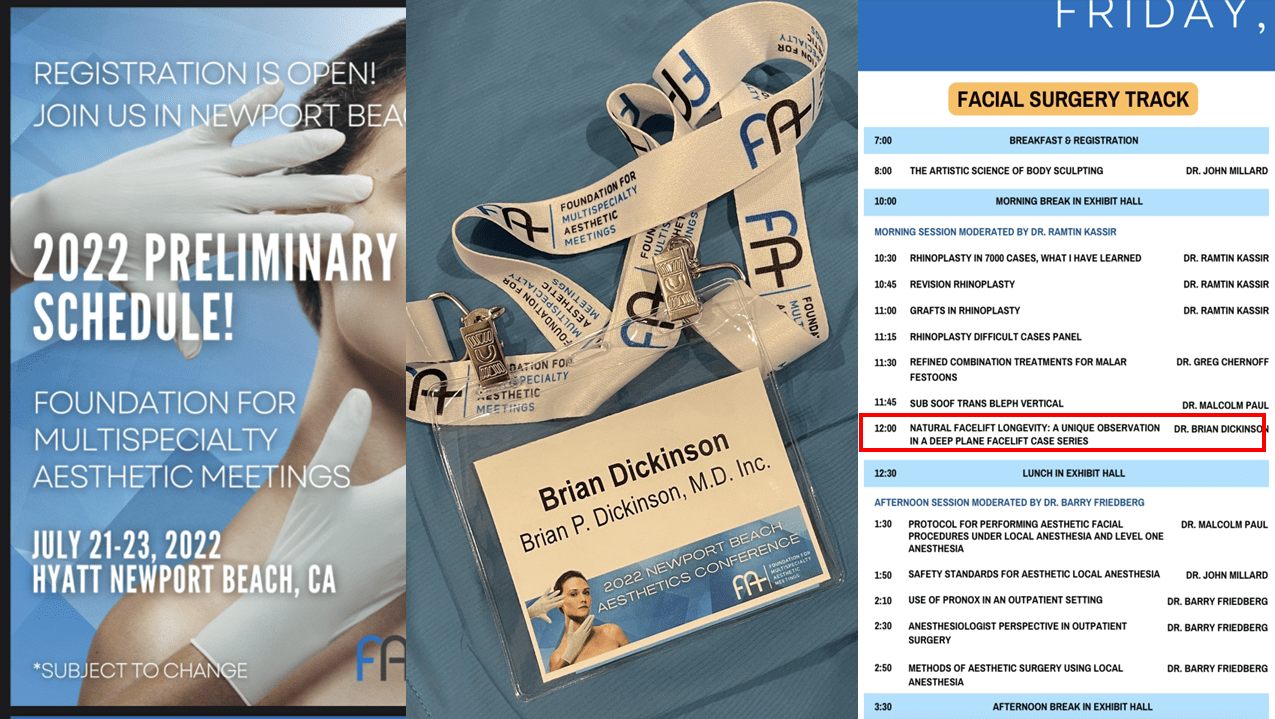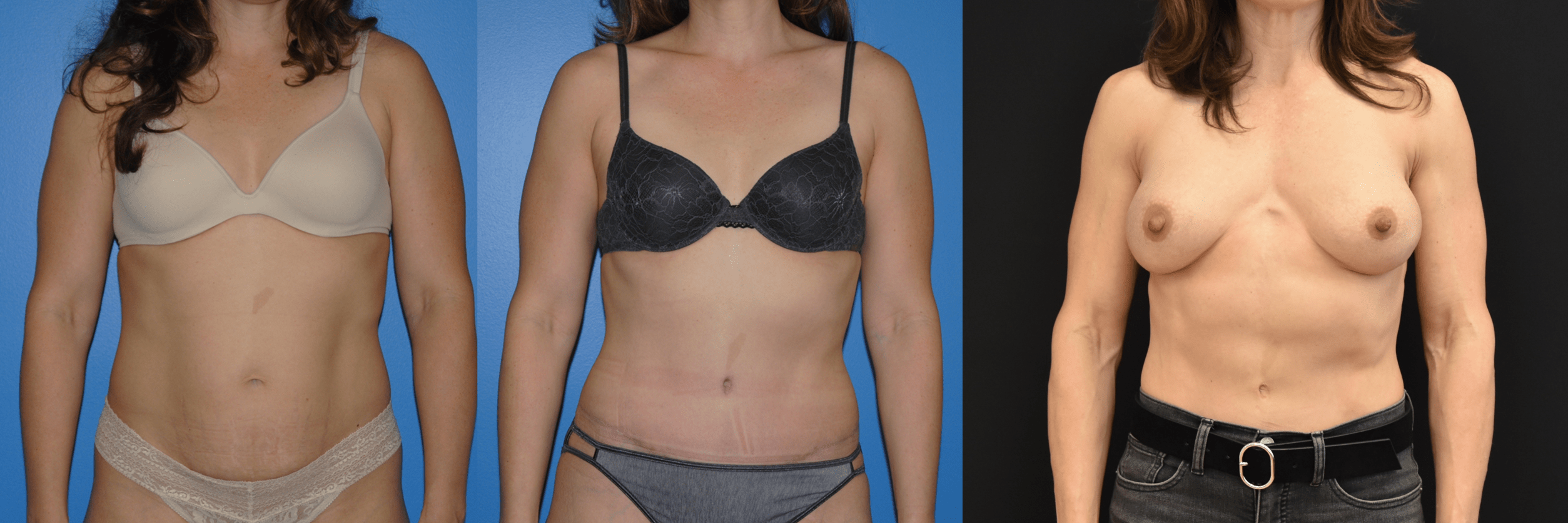Many breast cancer patients have been treated with lumpectomy and radiation therapy. In some patients, the lumpectomy defect and the whole breast radiation can cause significant changes or deformities to the breast. In the before and after photograph shown, the patient had previous right breast cancer treated with lumpectomy and radiation. The lumpectomy defect as well as the whole breast…
